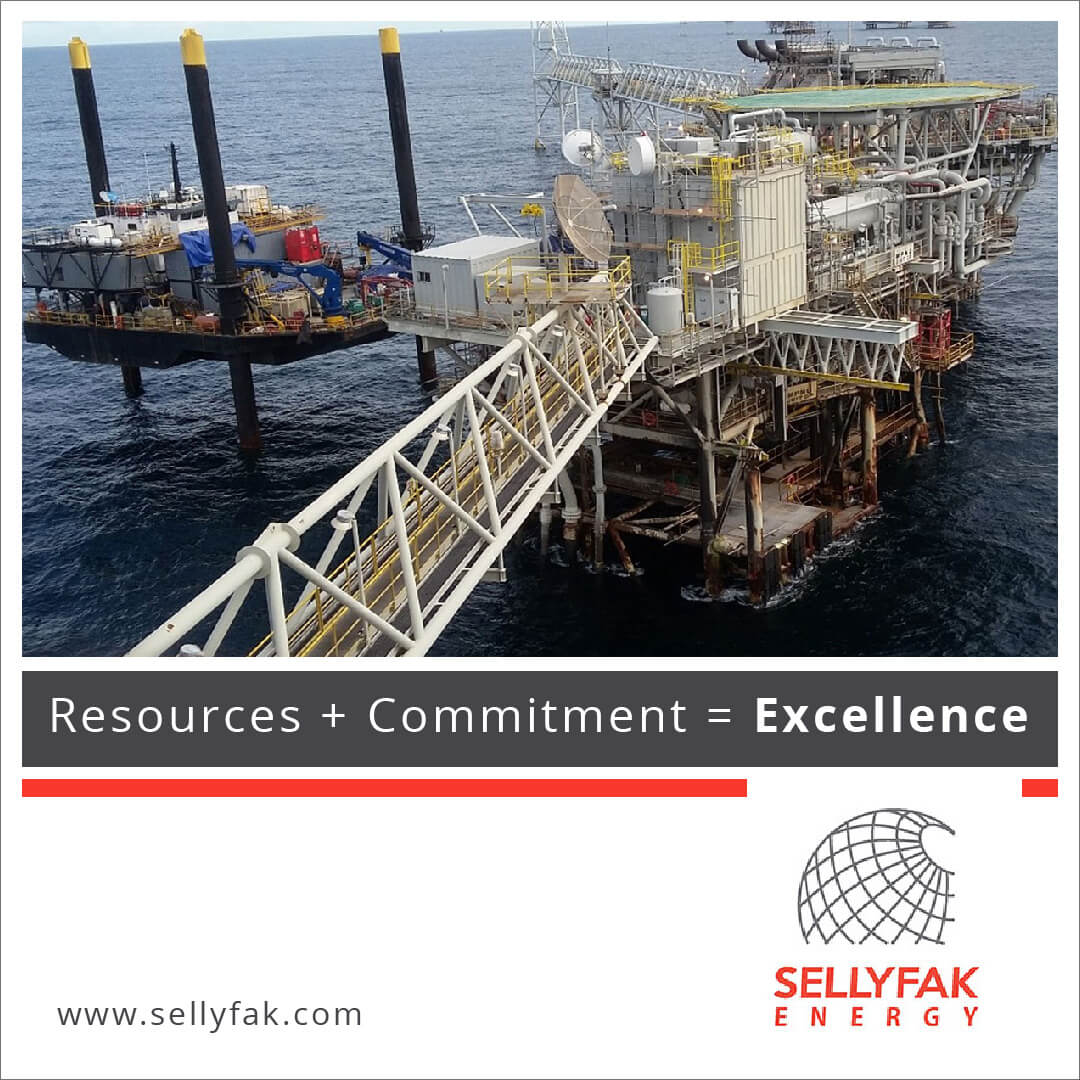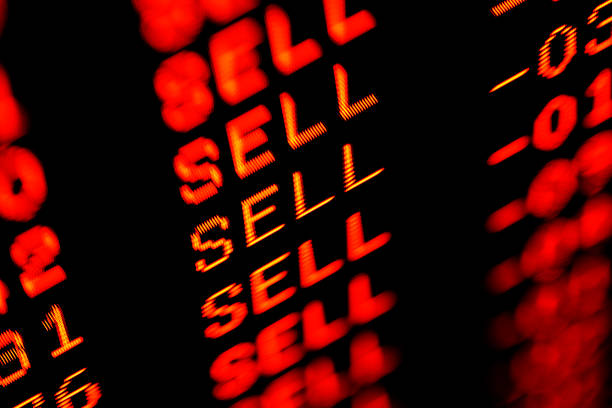Oil prices edged higher for a third consecutive session on Tuesday, buoyed by strong demand signals from the United Arab Emirates and escalating tensions in the Red Sea. Brent crude rose above $70 per barrel, reversing earlier losses, as geopolitical disruptions and falling supply added to market strain.
UAE Energy Minister Suhail Al Mazrouei reinforced OPEC+’s production strategy, stating that the absence of major inventory builds proves “the market needed those barrels.” His remarks come as OPEC+ barrels remain central to balancing the oil market, especially amid fears of seasonal tightness.
Violence in the Red Sea has further rattled energy markets, with Houthi rebel attacks on cargo ships killing three crew members, sinking one vessel, and disabling another. The Red Sea remains a vital artery for global oil shipments, and ongoing instability is fueling additional risk premiums.
Russian crude exports have also plunged in recent weeks, intensifying global supply pressure and reinforcing bullish sentiment in the short term. “Current market conditions are reasonably tight,” noted Ole Hansen, head of commodity strategy at Saxo Bank, though he cautioned that a surplus could emerge in the autumn as demand slows.
In the United States, crude inventories jumped by 7.1 million barrels last week, according to data from the American Petroleum Institute.
With OPEC+ supply cuts, Red Sea conflict, and shifting U.S. stockpiles in focus, oil prices remain highly sensitive to geopolitical and trade dynamics.























